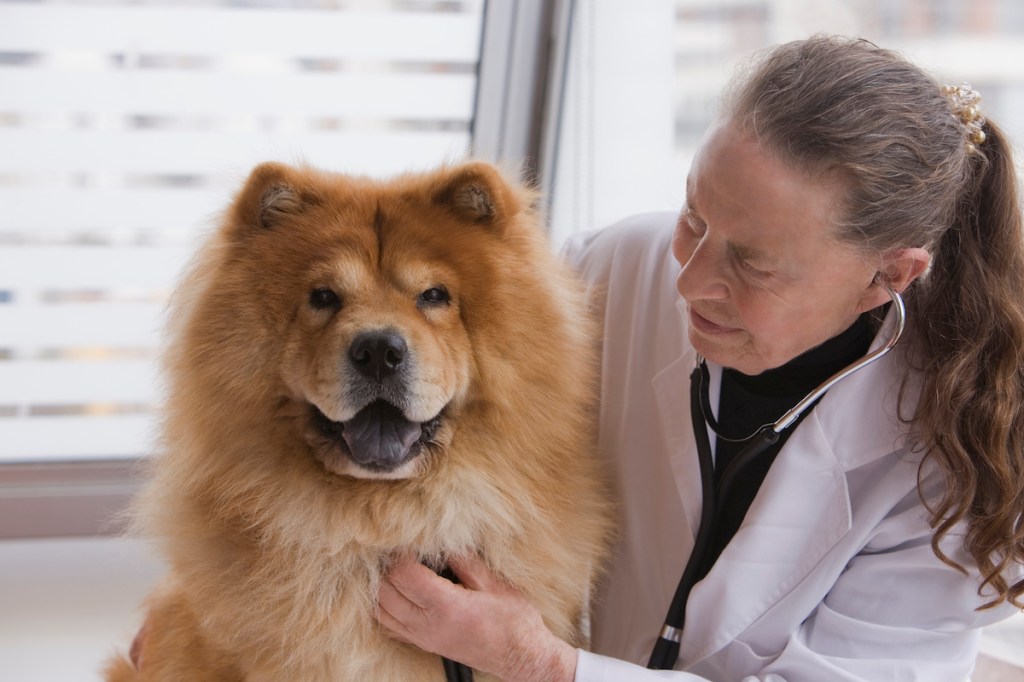Renal dysplasia in dogs is a medical condition that affects the kidneys. Unfortunately, the disorder can also result in renal kidney failure, which can be fatal. The condition is also known as progressive juvenile nephropathy and familial renal disease.
In short, the condition happens in the womb and involves the kidneys not developing properly. Usually, this means that urine accumulates and causes cysts, which replace the kidney.
Unfortunately, certain breeds seem to be predisposed to the condition. For example, the Malamute and Chow Chow breeds suffer from it at a higher frequency than others.
If you see signs that your dog might be suffering from this disease, then you must consult your veterinarian for a proper diagnosis and course of treatment. Here’s what you should know about the symptoms, causes, and treatments of renal dysplasia in dogs.
Symptoms of renal dysplasia in dogs
Familial renal disease in dogs can result in a range of symptoms. Specifically, some of the most common symptoms of the condition include:
- Weight loss
- Acting lethargic
- Constipation
- Diarrhea
- Neurological problems
- Anorexia
- Vomiting with blood
- Drinking more water than usual
- Peeing more than usual
- Pee with blood in it
- Depression
Causes of renal dysplasia in dogs

The cause of progressive juvenile nephropathy involves the kidneys not developing properly when a puppy is in the womb. Specifically, when the ureter muscles fail to grow properly, urine can start to build up. Subsequently, cysts form and ultimately replace the actual kidney.
Unfortunately, familial renal disease can affect both kidneys. Generally, these cases can become fatal.
Additionally, certain breeds seem predisposed to the disorder. For example, some of those breeds include:
- Malamute
- Chow Chow
- Boxer
- Irish Wolfhound
- Norwegian Elkhound
- Lhasa Apso
- Beagle
- Great Dane
Treatments for renal dysplasia in dogs
If you think that your dog might be developing progressive juvenile nephropathy, your veterinarian will want to carry out a full physical examination of your dog. Additionally, your vet will ask about your dog’s complete medical history, especially relating to the kidneys. This will include any breed-specific problems.
Generally, blood and urine tests can be used to detect the condition. Additionally, stomach radiographs can assist in monitoring the shape of your pup’s kidneys.
Sadly, there is no cure for renal dysplasia. However, steps can be taken to manage the condition. For example, intravenous fluid therapy can help to stabilize your dog. Additionally, medication can be administered to stop any vomiting.
Also, certain supplements and diet changes can help. For instance, potassium and vitamin D are often recommended for managing this condition. A low-sodium diet can also be beneficial. Sometimes, appetite stimulants can be used to normalize your dog’s eating habits.
As always, only use dietary supplements and appetite stimulants under the guidance of your vet. Also, always follow the correct dosage and frequency instructions.















